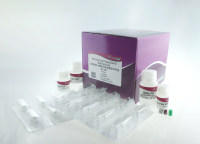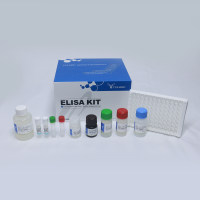How eukaryotic organisms regulate mRNA levels is a fundamental question in biology. It is clear that the steady-state concentration of RNA in a cell is determined by both the rate of its synthesis and turnover. Most of the early attention was focused on the study of gene transcription, while only recently posttranscriptional mechanisms have gained recognition for their regulatory importance. Posttranscriptional control of RNA levels is mediated by a number of pathways, including general RNA degradation and the more recently identified mechanism of RNA silencing (Belostotsky and Sieburth, Curr Opin Plant Biol 12:96–102, 2009; Garneau et al., Nat Rev Mol Cell Biol 8:113–126, 2007; Ramachandran and Chen, Trends Plant Sci 13:368–374, 2008; Xie and Qi, Biochim Biophys Acta 1779:720–724, 2008). Intriguingly, the regulatory RNA targets of both pathways can be identified by the distinguishing characteristic of a 5′ monophosphate. Specifically, removal of the 7-methyl guanosine cap attached to the 5′ end of mRNA molecules is an initiating signal for subsequent 5′–3′ RNA degradation. In RNA silencing, small RNA-directed, protein-mediated cleavage of an mRNA target generates a free 5′ monophosphate on the resulting 3′ RNA fragment (Belostotsky and Sieburth, Curr Opin Plant Biol 12:96–102, 2009; Garneau et al., Nat Rev Mol Cell Biol 8:113–126, 2007). Taking advantage of this chemical property (free 5′ monophosphate), a genome-wide approach for mapping all uncapped and cleaved transcripts in eukaryotic transcriptomes has been developed that we have termed “genome-wide mapping of uncapped and cleaved transcripts” (Gregory et al., Developmental Cell 14:854–866, 2008), which others have called degradome sequencing (Addo-Quaye et al., Curr Biol 18:758–762, 2008) or “parallel analysis of RNA ends” (German et al., Nat Biotechnol 26:941–946, 2008).






